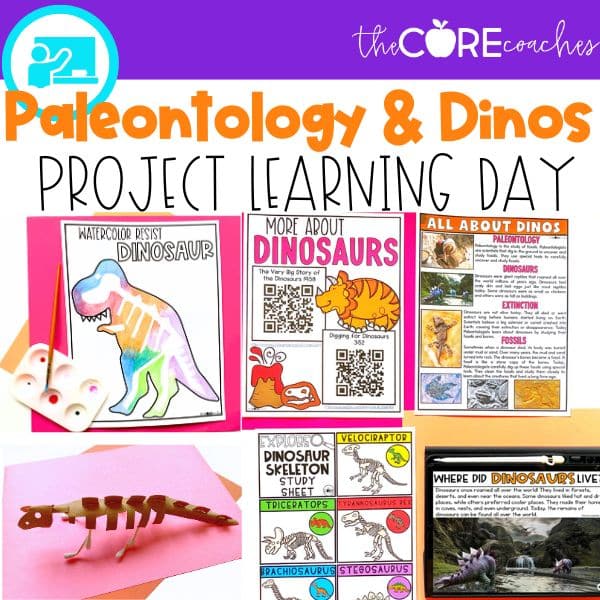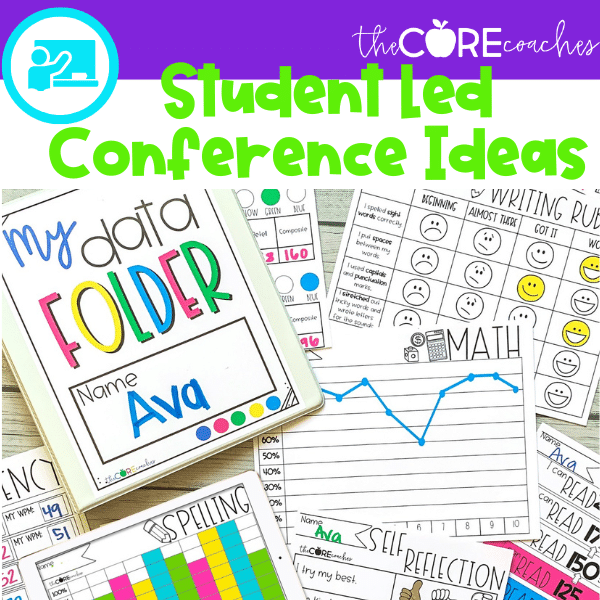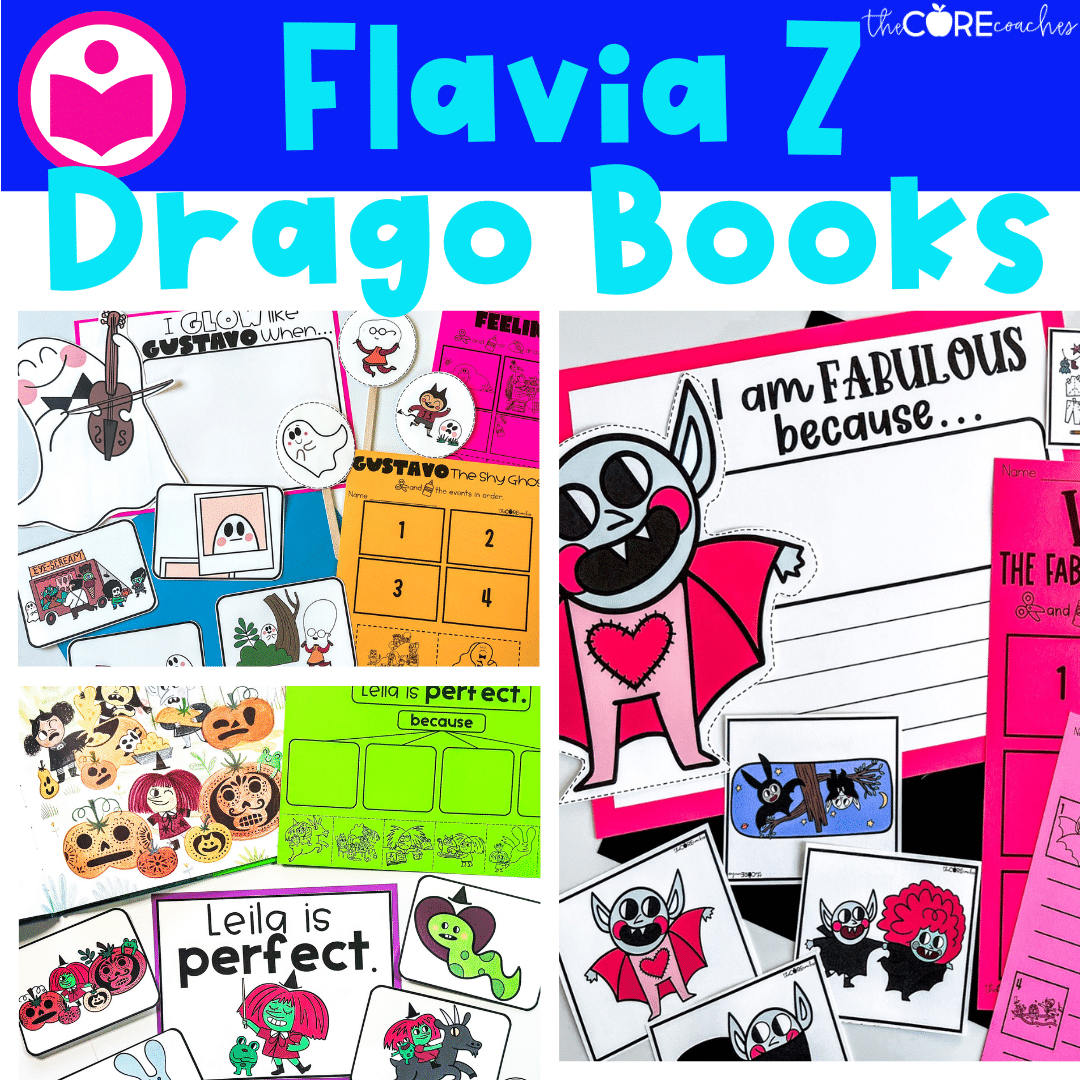Today’s students live in a stressful world, and students as young as preschoolers are experiencing these stressors. Therefore, it is important for teachers to include social emotional learning activities in the curriculum. One way to do this is through a calm down corner.
Whether you are just starting to research calm down corner ideas, or you are looking for new ones, this post will give you everything you need to get started. Including how to access our C
Complete Calm Down Corner Kit that is ready to use.
However, before jumping into all our favorite ideas let’s take a look at what a calm down corner is and why it is important.
What is a Calm Down Corner?
A calm down corner is a designated space in the classroom where students can go to – you guessed it, calm down! However, the idea of needing to calm down goes beyond what you may initially think.
The term “calm down” is traditionally used when someone is feeling a big emotion. While experiencing an overwhelming emotion may be a reason for needing to use the calm down space, it is not just for strong emotions.
In addition to feelings we can easily see, students sometimes need to calm down for other reasons. This may include feelings of stress or anxiety. Yes, our young kids sometimes have feelings of stress and anxiety.
Overall, it is a special place in the classroom where students can go to relax and reset. Whether that is to traditionally calm down from a big emotion or to refocus after feeling frustrated on a math problem. Whatever each individual student’s reasons may be, the calm down area is a place that helps students learn how to manage their emotions in a healthy way.
Why is a Calm Down Corner Important?
As mentioned above, students of all ages experience a range of emotions. These emotions may be a result of something that happens in school; however, they can also be a result of something outside of school.
Depending on where you teach, you may have students who live in stressful situations. Some situations may be more extreme than others. For example, you may have students who live in homes with single parents or are even in foster homes. In addition, students may live in neighborhoods where there is a lot of violence. All of these factors can contribute to how students feel in the classroom.
In addition, students may experience stress or anxiety if they are surrounded by adults who regularly express feelings of stress and anxiety. Therefore, even if preschoolers and kindergartners can’t name the feelings of stress or anxiety- they may carry those emotions into the classroom.
How to Teach About Feelings and Emotions
Even if students don’t bring outside emotions to school they will most likely experience some type of emotion in the classroom. Young kids may feel frustrated if they don’t understand how to do an assignment, or upset if a friend moves away. They also might feel happy, joyful, or excited!
Whatever the emotion is, it is important for students to understand how to identify these emotions. This is one of the key elements in having a successful calm down space – having students who know how to identify their feelings. When students can identify emotions they can then make the choice on how to process them.
Therefore, while teaching about feelings and emotions isn’t necessarily a core subject it is important to teach students. Especially in preschool and kindergarten!
If you want to learn more about how and why it is important to teach about feelings and emotions check out our related post How to Help Preschoolers Understand Emotions.
Whatever the reason is for the emotion, the simple fact is that kids (just like adults) have a lot of emotions! Therefore, whether you want to call it a calm down corner, a cool down corner, or a cozy corner, it can be an important tool to successful social emotional learning for kids.
How to Create a Calm Down Corner
Follow these 5 easy steps to create a calm down space in your classroom. Once you have it set up you can use the same space and calming corner activities for years to come.
- Choose a space in your classroom for calming down
It is best to find a space that is easily accessible to all students and that is also not a distraction to others. Somewhere in the back of your classroom is often best. Therefore, when students need to use it they are not disrupting your teaching.
- Define the space with a rug, table, or other object
You want students to be able to easily identify what is the calm down space. Use a specific rug, table, or another identifying object to differentiate the space from other learning areas.
- Place several calming tools in the space that students can use
It is important to have a variety of calming activities available for students to choose from. Just as students have different learning styles, they also have different ways of relaxing.Therefore, it is important to always have several choices.
- Add mindful signs and decorations that make the space feel welcoming
In addition to the rug or identifying objects, add additional decorations that help create a safe space for students to relax. Moreover, include signs that clearly describe the activities. Use images that will help young students remember what the activity is (after you teach it to them).
- Teach students how to use the calm down corner
The most important thing to do when creating a mindful corner is to teach your students how to use it! This is essential not only for your students to feel successful but for you as the teacher to feel like it is a benefit to the classroom.
Calming Corner Ideas
One of the reasons you may not have created a calm down corner in the past is because it felt like one more thing to do. However, while it may feel that way now – we promise you that taking the time to set up a corner will benefit you and your students all year long.
We also promise that it doesn’t have to take a lot of time!
To help you create your first calm down corner, we created a complete Calm Down Corner resource that has everything you need! Whether you are teaching kindergarten, first grade, second grade or third grade – this resource has it all!
Our Calm Down Corner activities include:
- Hands-On Breathing Cards
- File Folder Breathing Mats
- Calm Down Dough Mats
- Pom Pom Puzzles
- Pattern Block Mosaic Mats
- Stepping Stones Cards
- Emotions Poster (multiple options)
- Mindful Calm Down Posters (multiple options)
- Feeling Circle Choices (adjustable to any size)
- Calm Down Activity Circle Choices (adjustable to any size)
- “I Feel…” headings (adjustable to any size)
- “I Can…” headings (adjustable to any size)
All you need to do is simply print these materials and place them in your designated area.

PreK Calm Down Corner Ideas
As mentioned earlier, students of ALL ages will benefit from this mindfulness tool. Therefore, we have also created a Calm Down Corner Resource for PreK!
This complete calm down corner packet for prek has similar activities as our k-3 pack. However, each calm down tool has been modified so that it is easily accessible for preschool aged kids.
Each strategy is just as easy to prepare as the k-3 ones. However, you may need to spend some extra time guiding preschoolers on how to use the calming down space on their own.
You may even consider making it a regular center in your day to day learning. That way students can learn how to use each activity on a regular basis.
Mindfulness Activities for Kids
In addition to these specific calm down strategies for the calming corner, we also have several mindfulness activities for the whole class!
Social and emotional learning is just as important (maybe even more so) than any core content area. Therefore, having regular social and emotional learning activities in your teaching tool belt makes it easier to incorporate mindfulness into your daily lessons.
If you want a set of strategies that will last you all year long, check out our Everything You Need for Mindfulness packet.
If you are not quite ready to explore all these different activities you can also explore each resource separately. Whatever your need or goal for adding mindfulness to your classroom, you are sure to find an activity that will help!
In addition to helping students manage their emotions, this space is also meant to help with classroom management. Therefore, taking time to teach students the explicit procedure on how to use the space is important to its success. This includes taking time throughout the year to review the procedure.








